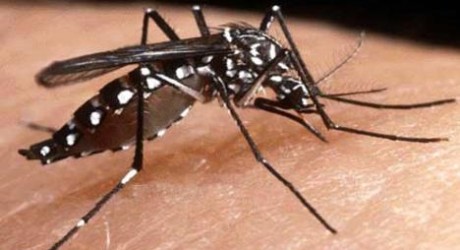By Caribbean Medical News Staff
Known for its tourism product, the Dutch island of Curacao has reported that the island has suffered around 8000 cases of chikungunya as the epidemic rages through the Caribbean. That is according to the island’s Public Health Department (GGD). Meanwhile, the UK daily papers are warning tourists about the illness.
Chikungunya first reared its head in French St. Martin crossing over to Dutch St. Maarten and raged throughout the region unabated and there have been at least 32 deaths reported. Dr. James Hospedales of the Caribbean Public Health Agency (CARPHA) has reported that the chikungunya is “out of control” and “epidemic” in the region.
More recently CARICOM hosted a Heads of Government special meeting as requested by Trinidad & Tobago PM Kamla Persad-Bissessar to discuss a strategic approach to chikungunya and Ebola.
According to reports, the first patient recorded with chikungunya was reported in August and the GGD says the disease has “reached its peak” in the Dutch-speaking Island. They continued by saying that the populace in the region have underestimated the disease.
When CMN contacted a regional National Insurance Security which handles sick leave benefits, the office said it was overwhelmed with the number of sick leave requests for benefits and the enormous amount of data entry required to enter NIS information for sick leave benefits for those affected.
The first patient in Curacao was confirmed in August. Today, the island says that there are more than 8,000 cases of chikungunya on the island. Yet the island expects another 1 000 cases each week. Some islands are reporting crowded A&E departments and Jamaica has extended clinic hours in the north of the island to handle the numbers turning up for treatment.
There is no cure or treatment for chikungunya other than hydration, rest, pain killers and the usual protocol for a viral illness but chikungunya is dangerous in the elderly, babies, already ill and vulnerable. The disease causes severe headaches, bone crushing pain in the joints that may last for months; rash, stomach ache and in some cases vomiting and gastrointestinal symptoms.
Avoidance of the illness only comes by way of eradication of breeding sites.
CARPHA says that the illness has hit 23 of 24 island nations in the region.














